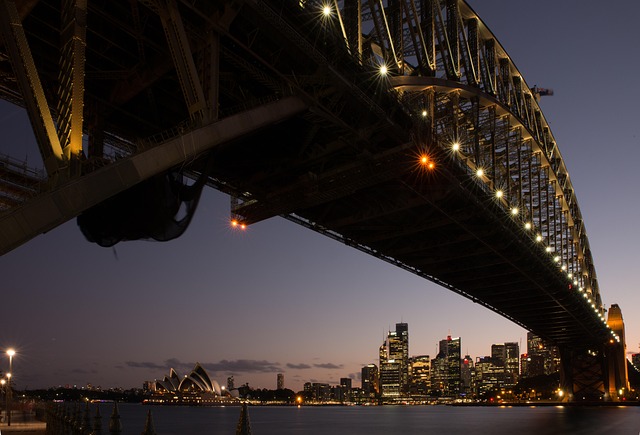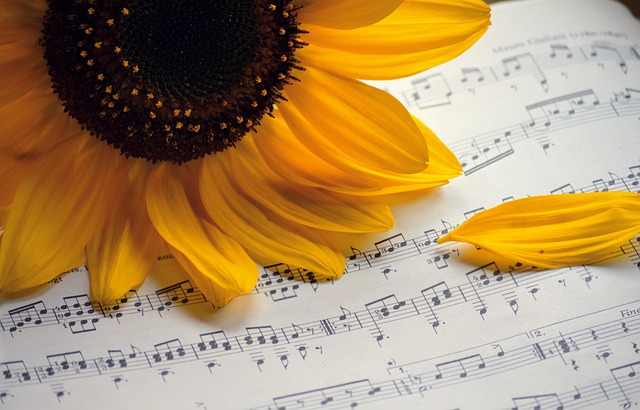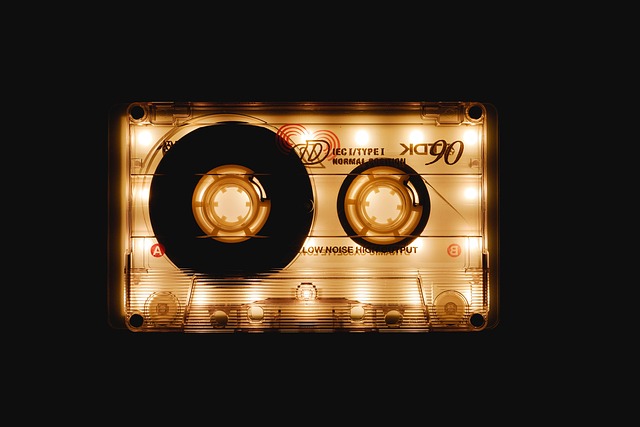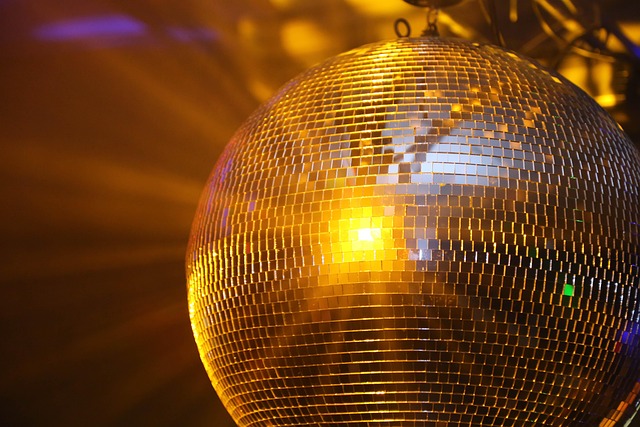
Opera Elevates Global Music Festivals
The world of music festivals is expanding beyond the traditional rock and electronic scenes, embracing a richer tapestry of artistic expression. One genre that has found an unexpected but powerful home on festival stages is opera. With its dramatic storytelling, vocal virtuosity, and orchestral grandeur, opera is reshaping the way audiences experience live music in large, open-air venues and intimate community festivals alike.
Opera’s Unexpected Journey to the Festival Circuit
Historically, opera has been associated with formal opera houses, where centuries-old traditions dictate performance practices and audience etiquette. However, the late 20th and early 21st centuries have seen a deliberate push to bring opera into more accessible settings. Festivals in Europe, North America, and Asia now feature operatic works alongside pop, jazz, and world music, attracting diverse crowds and challenging preconceived notions about the genre.
- Outdoor opera productions that use the natural acoustics of parks and coastal cliffs.
- Hybrid festivals combining opera with film screenings, dance, and contemporary art installations.
- Community festivals that commission new operas based on local stories and traditions.
Impact on Audience Engagement
One of the key drivers behind opera’s festival resurgence is the need to attract younger audiences. By integrating operatic arias into popular festival line‑ups, organizers create moments of contrast that intrigue and educate. The visceral experience of hearing a soprano soar above a crowd, or watching a mezzo‑soprano deliver a complex dialogue, offers an emotional payoff that digital media struggles to replicate.
“When people first hear opera in a festival context, they’re surprised, they’re moved, and then they come back for more,” says a festival curator who has overseen several international operatic showcases. “The energy is unlike anything else on the festival calendar.”
Notable Festivals Embracing Opera
Several festivals have become case studies in successfully integrating opera into a broader entertainment framework. These events illustrate a spectrum from grand, multi‑day operatic festivals to small, experimental gatherings that prioritize new works.
- Opera in the Park – An annual midsummer event that stages a full opera production on a municipal green space, accompanied by live acoustic accompaniment and a light‑show that syncs with the orchestra.
- Global Sound & Opera Fest – A week‑long celebration in which world music artists and opera singers collaborate, producing cross‑genre performances that challenge the boundaries of both genres.
- New Voices Festival – Focused on contemporary operas, this festival invites composers from underrepresented backgrounds to premiere works that reflect modern societal issues.
Synergy with Cinema and Visual Arts
In addition to musical collaborations, opera is increasingly intersecting with cinema and visual arts within festival programming. Directors and cinematographers partner with opera houses to create immersive experiences where film projections enhance the storytelling of operatic scenes. Some festivals have integrated live opera into cinematic screenings, blurring the line between filmic narrative and stage performance.
This hybrid approach benefits both the opera community and film audiences, fostering a shared appreciation for narrative depth, sound design, and visual spectacle. By offering opera alongside blockbuster releases or independent arthouse films, festivals create a cultural ecosystem where different artistic mediums inform and elevate each other.
Challenges Faced by Opera in Festival Settings
Despite its growing popularity, opera still confronts several obstacles when transplanted to festival environments. Acoustic adaptation is a primary concern; outdoor stages often lack the precise sound balance that opera singers rely on. Organizers therefore employ advanced sound reinforcement systems and carefully select venues that can accommodate large orchestras and complex vocal arrangements.
Financial sustainability remains another challenge. Opera productions can be costly, requiring specialized vocal talent, large orchestras, and elaborate stagecraft. Funding often relies on a mix of ticket sales, sponsorships, and cultural grants. Some festivals mitigate costs by staging smaller, chamber‑opera works or by collaborating with local schools and community ensembles.
Innovation Through New Operatic Forms
To address financial and logistical concerns, festival organizers and composers have begun experimenting with new operatic forms. These include micro‑operas that can be performed in a single evening, operatic cabarets that integrate comedic and musical elements, and site‑specific operas that use the natural landscape as part of the narrative backdrop. Such innovations not only reduce production costs but also create unique, memorable experiences for festivalgoers.
“We’re redefining what opera can look like on a festival stage,” says a composer who premiered a 30‑minute opera in a city park. “The intimacy of the piece brings the audience closer to the story than any traditional production ever could.”
Educational Outreach and Audience Development
Opera festivals increasingly include educational programs to build long‑term audiences. Pre‑performance talks, interactive workshops, and backstage tours demystify the operatic process and encourage community participation. Many festivals partner with schools and universities to offer free or discounted tickets, ensuring that younger generations experience the genre firsthand.
These outreach efforts are supported by online resources such as lyric explanations, composer biographies, and behind‑the‑scenes videos that accompany live performances. The goal is to transform passive listeners into informed enthusiasts who can appreciate opera’s technical intricacies and emotional depth.
Future Outlook: The Global Evolution of Opera Festivals
Looking ahead, opera festivals are poised to continue evolving in response to technological advances and shifting cultural tastes. Virtual reality (VR) and augmented reality (AR) experiences may allow audiences to immerse themselves in operatic worlds from home, while AI‑assisted music scoring could facilitate the creation of new works on shorter timelines.
At the same time, the global nature of modern festivals will encourage cross‑cultural exchanges. Opera companies from Europe, Asia, Africa, and the Americas are collaborating more frequently, resulting in productions that blend linguistic traditions, musical styles, and storytelling techniques. Such collaborations enrich the operatic canon and broaden the appeal of festivals to an increasingly interconnected world.
Conclusion
The rise of opera within global music festivals reflects a broader trend of genre fluidity and artistic experimentation. By adapting to new venues, embracing interdisciplinary collaborations, and prioritizing audience engagement, opera is no longer confined to the proscenium arch. Instead, it thrives in the vibrant, diverse landscapes of contemporary festivals, offering listeners a powerful, emotive experience that transcends traditional boundaries. As festivals continue to innovate and expand, opera’s presence will remain a vital thread in the fabric of global entertainment, inspiring both performers and audiences alike.


